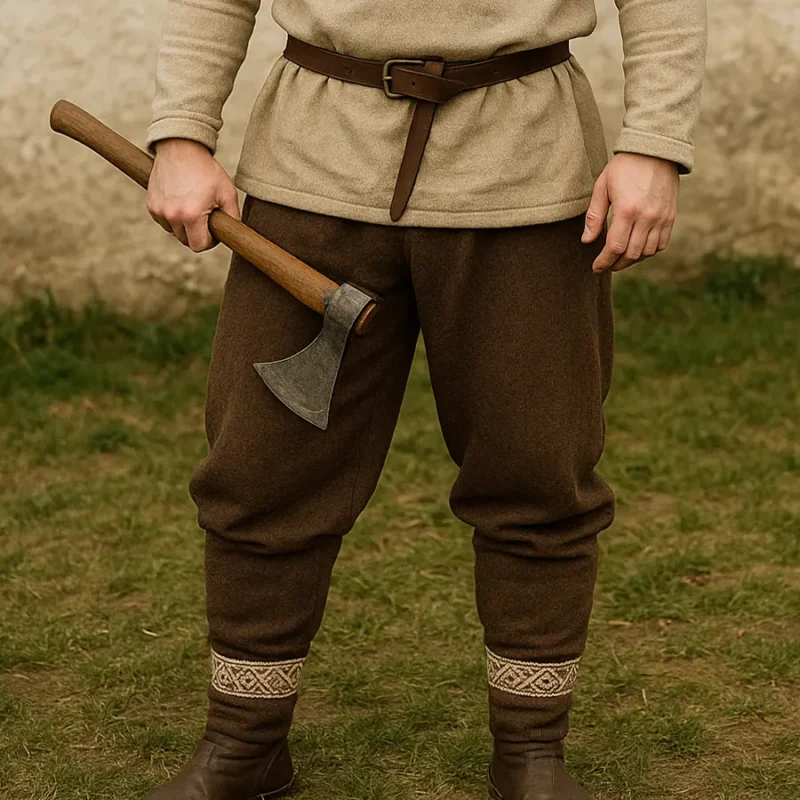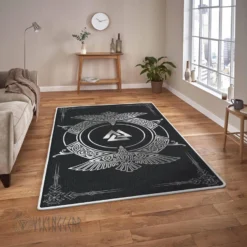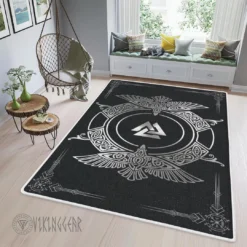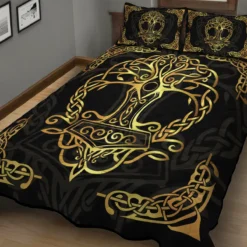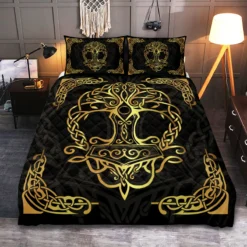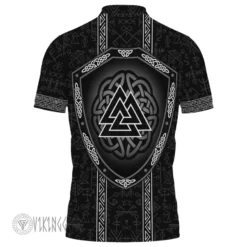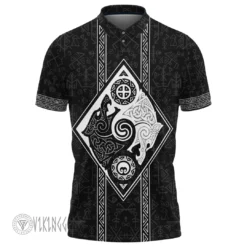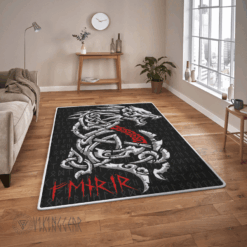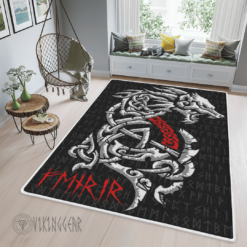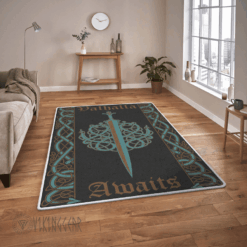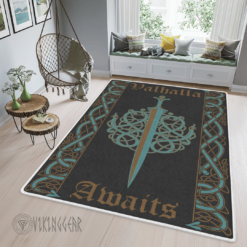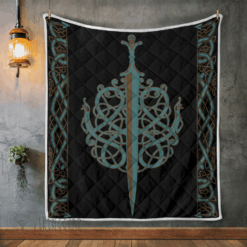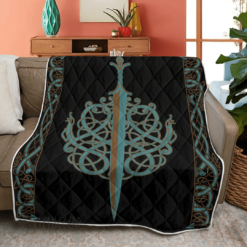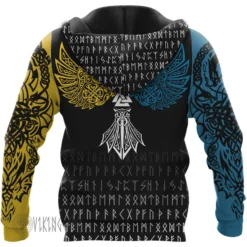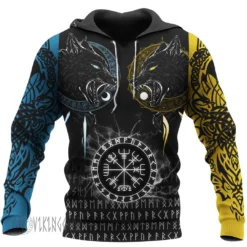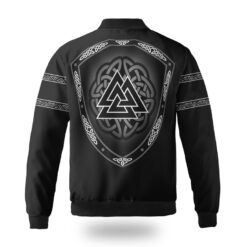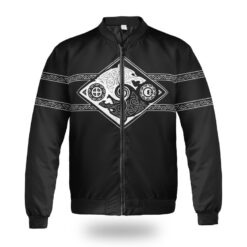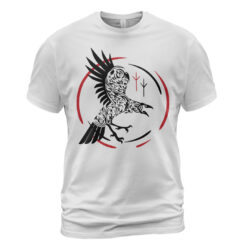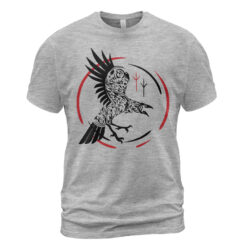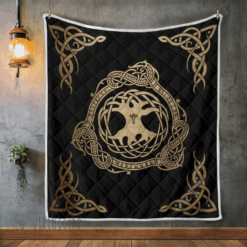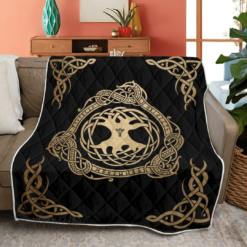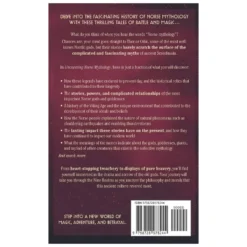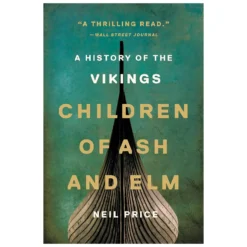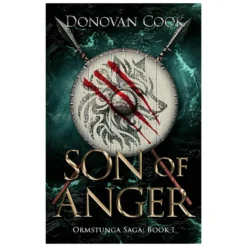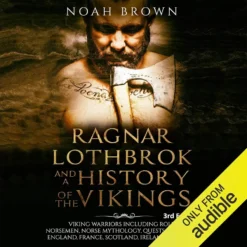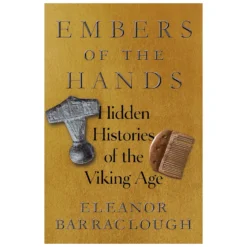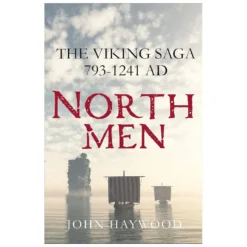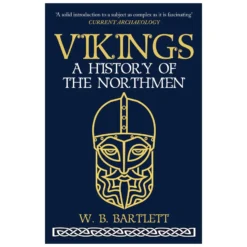Viking Blog
Viking Pants: 6 Authentic Styles Worn by Norse Warriors
Most people picture Viking warriors with axes, longships, and horned helmets. But those helmets are a myth. Clothing was key to Norse identity, especially Viking pants. These garments are practical and durable. They suit harsh northern climates well. They provide comfort for daily work and flexibility for combat.
Viking pants varied in design based on social class, activity, and region. This differs from modern trousers. Archaeological finds, saga tales, and illustrations offer hints about how Norsemen dressed. Here are six authentic styles of Viking pants once worn by warriors of the North.
The Baggy Trousers of Hedeby
One famous find of Viking pants is from Hedeby. This site was a key trading hub for the Vikings. These trousers were loose and wide, allowing plenty of movement.
Baggy trousers were likely practical for seafaring, raiding, and working outdoors. Made from wool, they provided insulation while remaining flexible. Warriors liked this style for its quick movement in battle. It worked well with boots and leg wrappings.
Narrow-Fit Viking Pants
Not all trousers were wide. Some Vikings wore tight pants that hugged their legs. They looked like the hose worn in later medieval times. Wealthier men likely favored these Viking pants. They often wore them with tunics and belts to display their status.
Narrow trousers were also practical for horseback riding or daily farm work. Their closer fit meant less fabric snagged during physical activity.
Rus-Style Pants
Vikings met the Rus’ people on Eastern trade routes. Their influence showed up in fashion. Rus-style Viking pants were very baggy. They gathered at the ankles and tied themselves with leg wraps.
These dramatic trousers kept riders and warriors warm. They also allowed them to move with ease. They fit snugly into the boots. This look highlighted Viking connections with other cultures.
Working Pants of Farmers and Laborers
Not every Viking was a warrior. Farmers, herders, and craftsmen wore simple Viking pants. These pants were often made of plain wool or linen. They had a straight cut and tied cords at the waist.
These were durable and inexpensive, focusing on practicality rather than style. For most Norsemen, these work pants were everyday wear. They showed the Viking way of life, balancing survival and simplicity.
Short Trousers and Tunic Combos
In warm months, Vikings often wore shorter trousers that ended below the knee. These Viking pants were simple to make. They used less fabric and offered good ventilation in the summer.
Short trousers, long tunics, belts, and leg wrappings offered comfort. They also made it easy to move. Archaeological fragments suggest they were common among younger warriors and workers.
Woolen and Linen Variants
The fabric choice also created different styles. Wealthier men often had woolen Viking pants dyed with natural colors like blue, red, or green. Linen pants were lighter and suited for summer.
Clothing was not functional—it also displayed status. Well-made trousers showed wealth, while coarse, undyed fabrics reflected lower classes. Both, yet, were essential for survival in the Viking Age.
Why Viking Pants Mattered
Viking pants are more than clothing. They show how the Norse adapted to their environment. Wide trousers allowed for movement in battle. Narrow pants were better for farming and riding. Rus-influenced styles showed cultural exchange.
They also highlight the Viking balance between practicality and identity. Clothing showed who you were: a farmer, a trader, a warrior, or a chieftain. Tailors crafted the pants for everyday use. They also made sure the pants were tough enough for long journeys across continents.
Conclusion – The Legacy of Viking Pants
The image of a Viking warrior is not complete without his clothing. Viking pants tell a story of adaptation, survival, and cultural pride. From the baggy trousers of Hedeby to the slim Rus-style pants, each style has its own meaning and purpose.
Reconstructed Viking pants are now worn in reenactments and displayed in museums. They remind us of a time when every piece of clothing had a purpose. These trousers are timeless symbols. They represent a people who value strength, resilience, and practicality in their lives.

